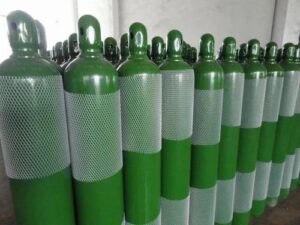Ethylene Oxide: Product Description, Uses, and Technical Data
Product Description
Ethylene oxide (EO) is a colorless, flammable gas with a sweet odor and taste. It is a cyclic ether and is primarily used as an intermediate in the production of various chemicals. Ethylene oxide is highly reactive and can undergo various chemical reactions, making it a valuable compound in the chemical industry. It is produced through the oxidation of ethylene, and its primary application is in the manufacture of antifreeze, surfactants, and other industrial chemicals.
Uses of Ethylene Oxide
Ethylene oxide has a wide range of applications across various industries, including:
- Production of Ethylene Glycol: Ethylene oxide is a key raw material in the production of ethylene glycol, which is used in antifreeze and polyester production.
- Sterilization: Ethylene oxide is widely used for sterilizing medical equipment and supplies due to its ability to kill bacteria, viruses, and fungi.
- Chemical Intermediate: It serves as a precursor for the synthesis of various chemicals, including surfactants, solvents, and plastics.
- Fumigant: Ethylene oxide is used as a fumigant for agricultural products and in the food industry to control pests and pathogens.
- Polymer Production: It is utilized in the production of polyethylene glycol and other polymers.
Technical Data
| Property | Value |
|---|---|
| Chemical Formula | C₂H₄O |
| Molecular Weight | 44.05 g/mol |
| Boiling Point | 10.7 °C (51.3 °F) |
| Melting Point | -111.3 °C (-168.3 °F) |
| Density | 0.881 g/cm³ at 20 °C |
| Flash Point | -17.8 °C (0 °F) |
| Solubility in Water | Miscible |
| Vapor Pressure | 100 mmHg at 20 °C |
| Autoignition Temperature | 425 °C (797 °F) |
| Toxicity | Highly toxic; can cause irritation and respiratory issues |
Summary
Ethylene oxide is a versatile chemical with significant industrial applications, particularly in the production of antifreeze and sterilization processes. Its unique properties and reactivity make it an essential compound in the chemical manufacturing sector. However, due to its toxicity and flammability, it must be handled with care and appropriate safety measures.

